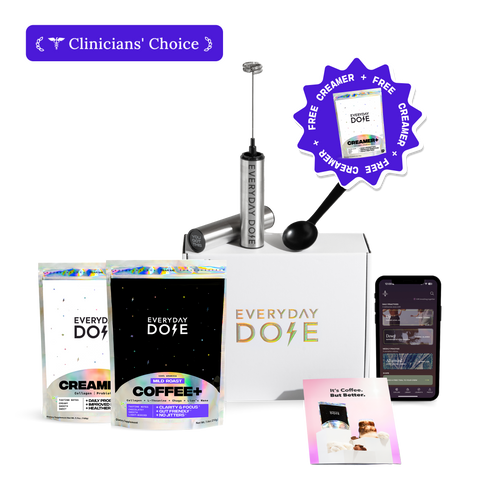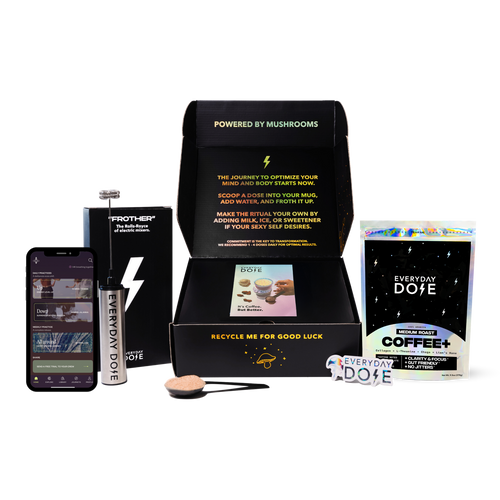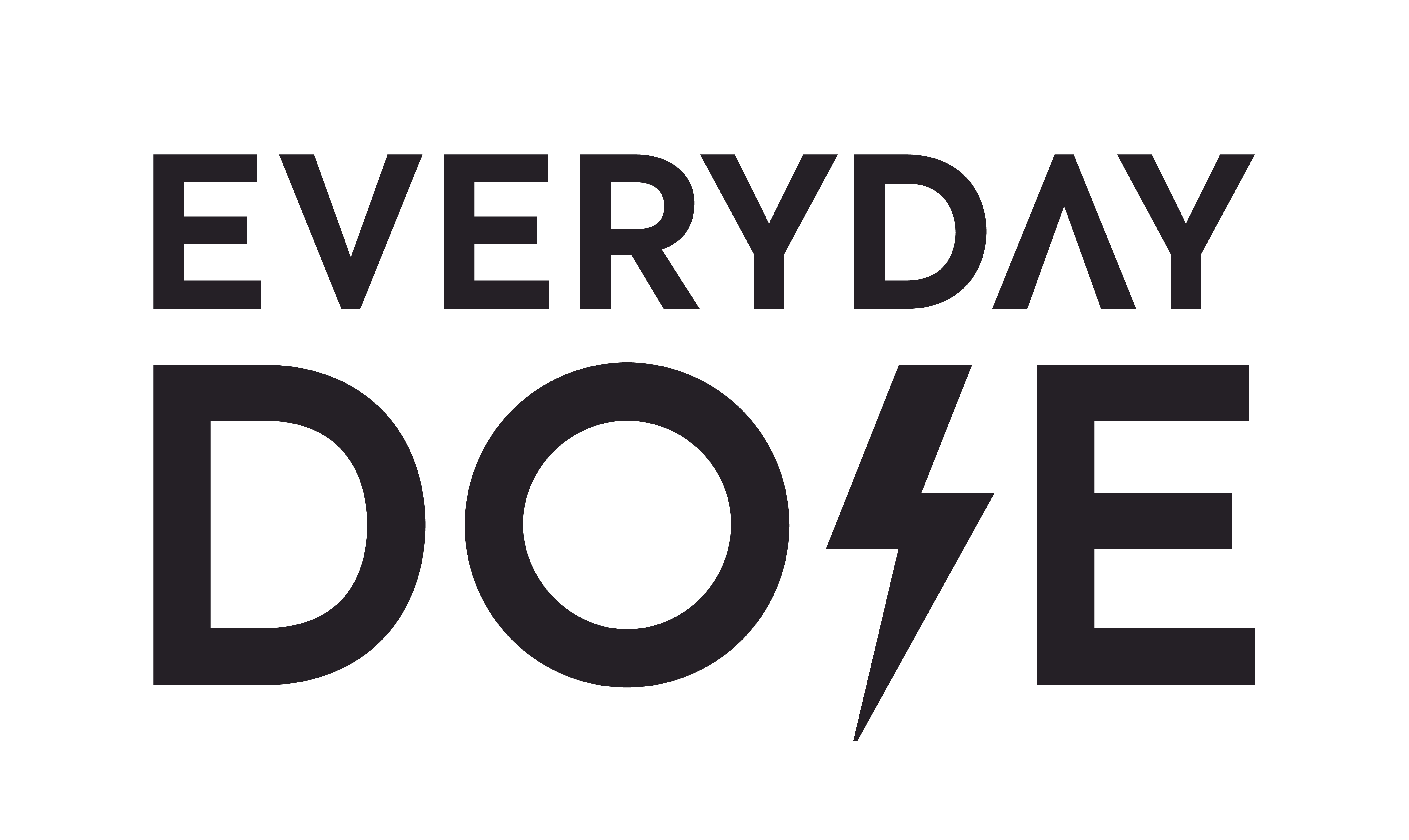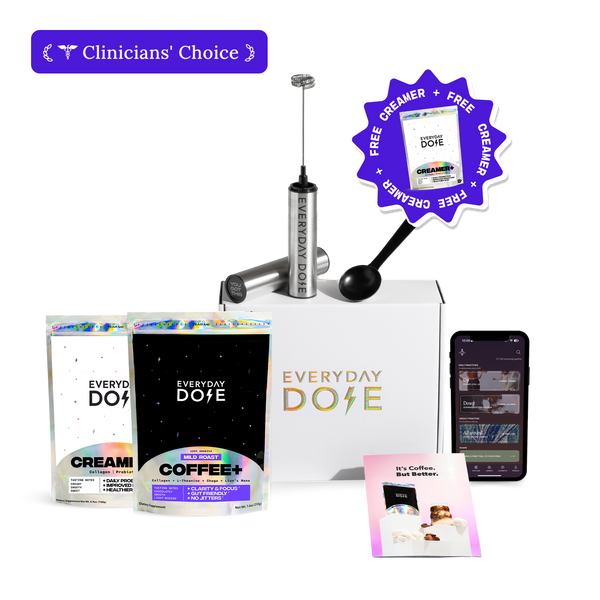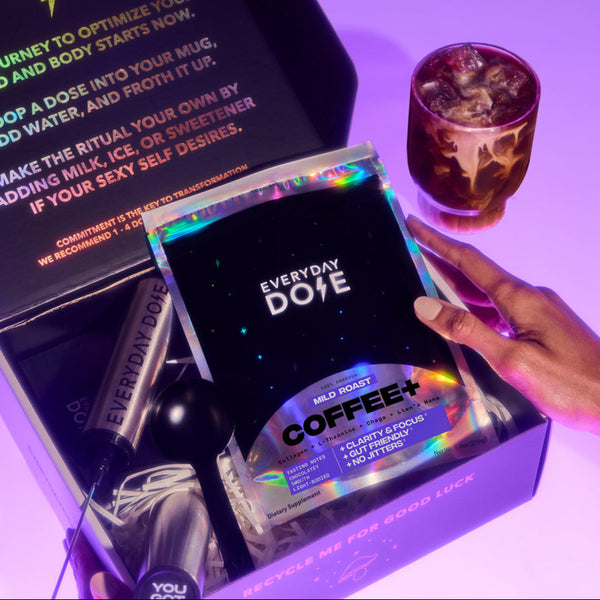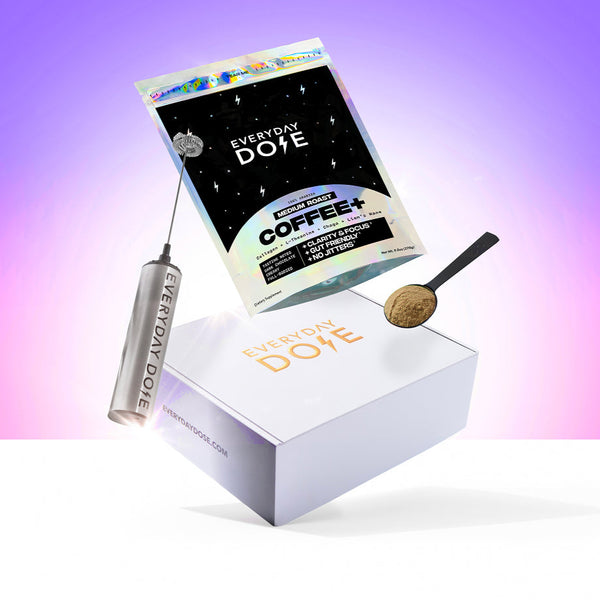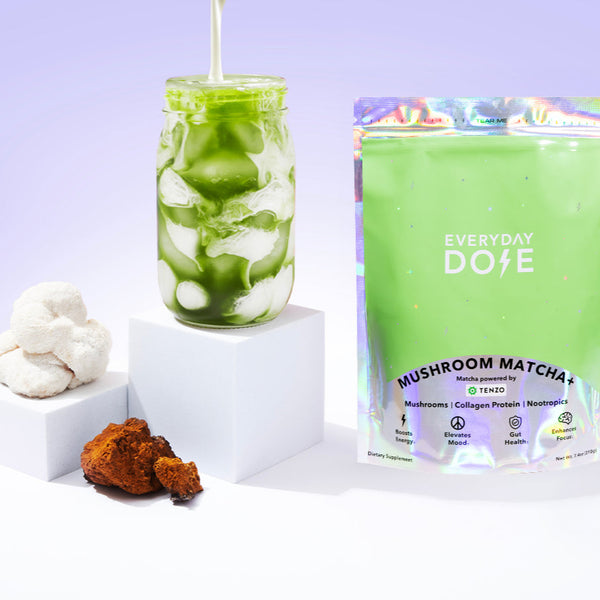Is Matcha Gluten-Free? A Detailed Look

If you’re trying to avoid gluten, you probably already know about the big-ticket items. For instance, you probably already know to check your favorite snacks, ice creams, and oven-ready dinners for hidden gluten, but what about tiny everyday treats like matcha?
You might not think your matcha latte contains gluten, but then again, isn’t it always a little surprising to learn the secret places that gluten can hide? In this article, we’ll discuss whether matcha has gluten and how you can make sure it’s gluten-free every time.
What Is Matcha?
Matcha isn’t your average green tea. Matcha is made from young Camellia sinensis leaves that are grown in the shade for a few weeks to boost chlorophyll and amino acids, then meticulously ground into a fine powder.
Unlike traditional green tea (where you steep and toss the leaves), with matcha, you’re drinking the entire leaf. This means more antioxidants, flavor, and color. It also means more health benefits like a healthy metabolism, sharp focus, relaxation, and even long-term health support.
Is Matcha Gluten-Free? Pure Matcha Is
The good news is that pure matcha is naturally gluten-free. That’s because authentic matcha powder is just 100% ground green tea leaves — no wheat, no barley, no rye, no nonsense. As long as you're sipping the ceremonial-grade stuff, you’re in the clear.
Basically, if you’re scooping from a tin of high-quality, single-ingredient matcha, there shouldn’t be any gluten in there. Of course, the keyword here is “pure.”
Beware Hidden Gluten in Matcha
Mathca might be gluten-free on its own, but the same can’t be said when it comes to popular additives like syrups and non-dairy milks. You might order a matcha latte thinking it’s gluten-free, and the next thing you know, you’ve been hit with hidden gluten. Let’s discuss some of the most important things to watch for.
Additives and Flavors
Flavorings, sweeteners, or trendy “functional blends” can all bring risks of hidden gluten. Pre-packaged matcha mixes often contain stabilizers, powdered milk, malt flavoring, or wheat-based thickeners. Some even sneak in barley-based enzymes or fillers to cut costs and boost shelf life.
The same can be true for added flavors and syrups. Even if you don’t specifically order extra flavor or syrup, it might be part of the cafe’s standard matcha latte recipe. Make sure you read the description of the drink before you get it, and if your matcha tastes like anything other than rich, earthy umami, you might want to check with the barista.
Cross-Contamination
Even if your matcha powder is certified gluten-free, it can still pick up gluten through cross-contamination. This can happen in shared manufacturing facilities where wheat, barley, or rye are also processed.
For people with celiac disease or severe gluten sensitivity, even tiny amounts of gluten can cause symptoms. Look for matcha brands that are tested in third-party labs and produced in gluten-free certified facilities.
Alternative Milks
The harsh truth is that cafés are a breeding ground for gluten cross-contamination. Baristas often use the same spoons, blenders, or steam wands for all drinks, which means the equipment used to make your matcha latte might have just been used to whip up a cookies-and-cream oat milk frappe.
And while we’re here, let’s talk about oat milk. It may be trendy and creamy, but unless it’s certified gluten-free, oats can be a hidden source of gluten, thanks to how they’re processed. Reddit threads are full of gluten-sensitive folks blaming matcha when it’s really their oat milk (or the café’s blender) causing their stomach symptoms.
How To Stay Gluten-Free While Drinking Matcha
This might sound nerve-wracking, but there are a few ways you can protect your peace while drinking your favorite morning tea. If you’re worried about hidden gluten in your matcha, try these three strategies.
Check for Certified Gluten-Free Products
When in doubt, go with certified. If you’ve got celiac disease or a gluten sensitivity, those two little words — “gluten-free certified” — are your best friend. They mean the product has been tested and meets strict safety standards (less than 20 ppm of gluten, per FDA guidelines). Several trusted brands now offer matcha products that proudly wear the gluten-free badge.
This takes the guesswork out of your morning ritual and helps you avoid any accidental gluten ambushes. For instance, our Mushroom Matcha+ is completely gluten-free so that you can enjoy your tea without stress (and if you’re stressed anyway, hey, the functional mushrooms we use can help with that!).
Buy Pure Matcha
If you want to skip the gluten gamble entirely, buy pure matcha powder with zero added ingredients. The label should say nothing more than 100% stone-ground Japanese green tea or Camellia sinensis. Anything else (like “natural flavor,” “creamer blend,” or “maltodextrin”) is a red flag for possible gluten content or cross-contamination.
Bonus points if it’s labeled “ceremonial grade,” which is the highest quality of matcha you can find. Ideally, you want matcha sourced from Japan, where traditional production methods are less likely to include gluten-based fillers.
Our matcha is ceremonial-grade tea sourced from Kagoshima, Japan. However, our gluten-free blend also includes lion’s mane and chaga mushrooms to support mental clarity and immune health, collagen to support gut and skin health, and L-theanine to encourage rest and relaxation. That’s more than you’d get in a regular cup of matcha!
No matter what, buying directly from reputable brands with transparency about sourcing and testing is key. The simpler the ingredient list, the safer the sip.
Ask Your Barista About Contamination (or Make Your Own)
If you’re ordering matcha at your local café, be brave and ask questions. Remember, it’s not rude when it’s your comfort and health at stake.
Ask your barista if they use a separate scoop, whisk, or blender for gluten-free drinks. You might feel awkward, but hey, so is spending your afternoon fighting off gluten-related tummy troubles.
Better yet, become your own barista. Making matcha at home gives you total control. You can use pure matcha powder (or our mushroom matcha), clean tools, and the milk of your choice (like certified GF oat milk). It’s cheaper, safer, and saves you the drive or walk to the cafe.
The Bottom Line
So, is matcha gluten-free? Yes — pure matcha is. But add-ins, processing, and careless barista tools can all turn what should be a carefree cuppa into a gluten time bomb.
However, if you’re smart about your sourcing, label-checking, and latte prep, matcha can still be a solid part of your gluten-free wellness lineup. To learn more about the benefits of matcha and how it works, visit the Everyday Dose blog today.
Sources:
Celiac disease - Symptoms and causes | Mayo Clinic
Start your day
The Right Way
